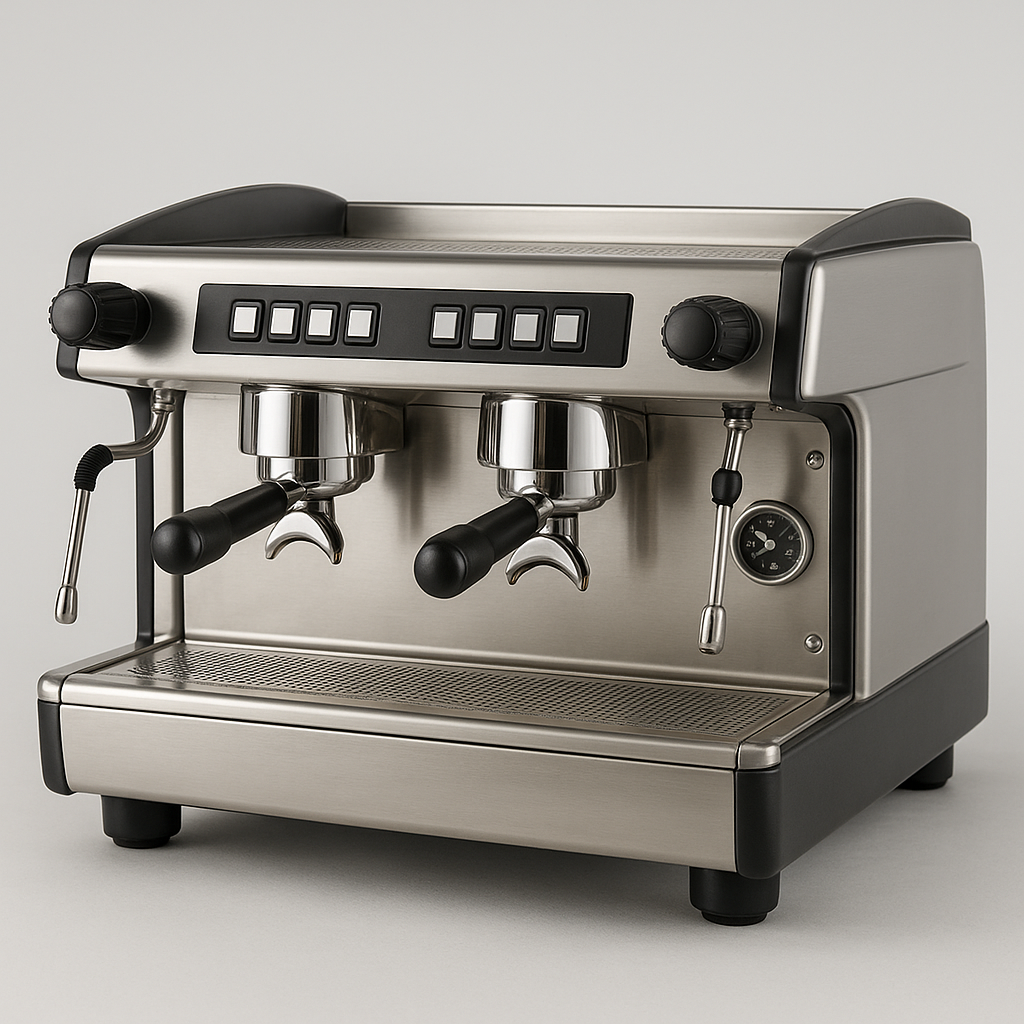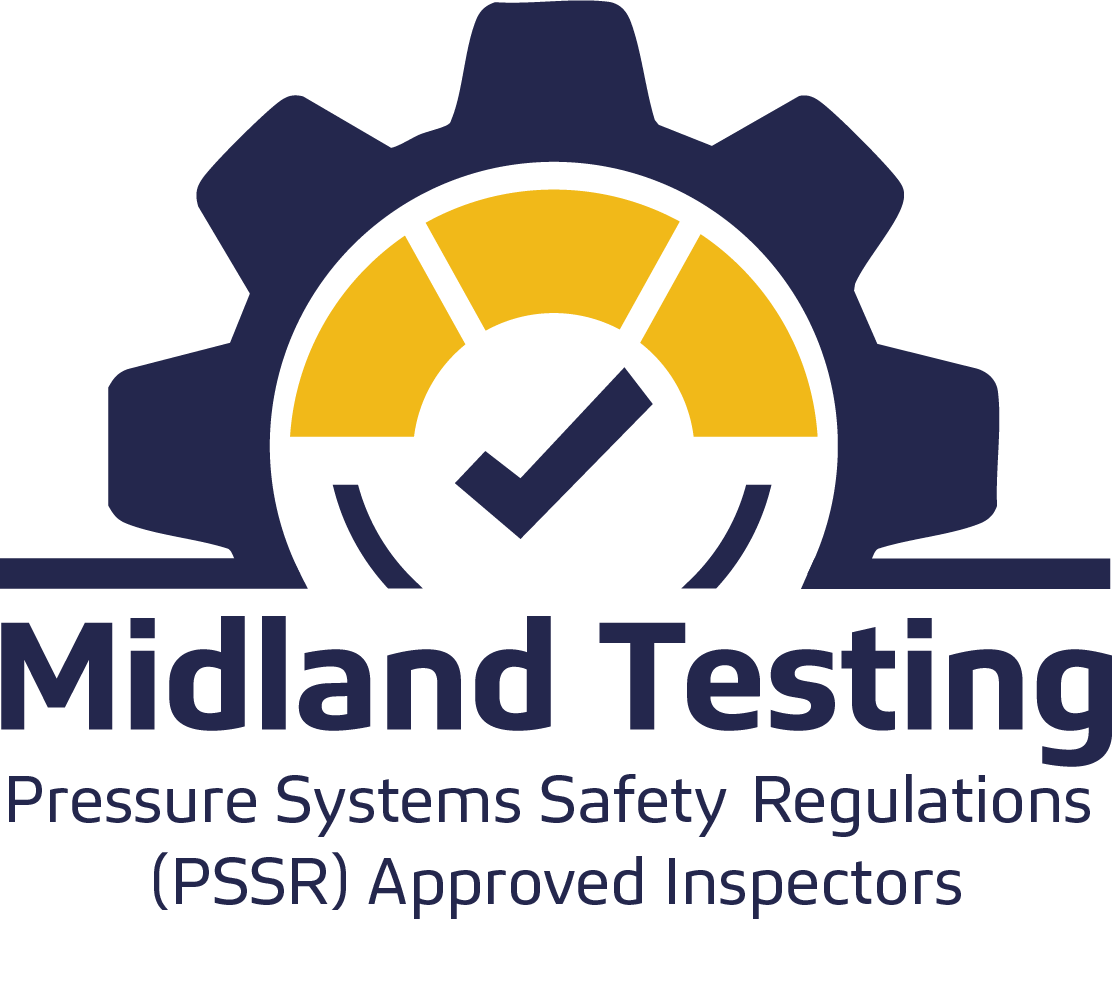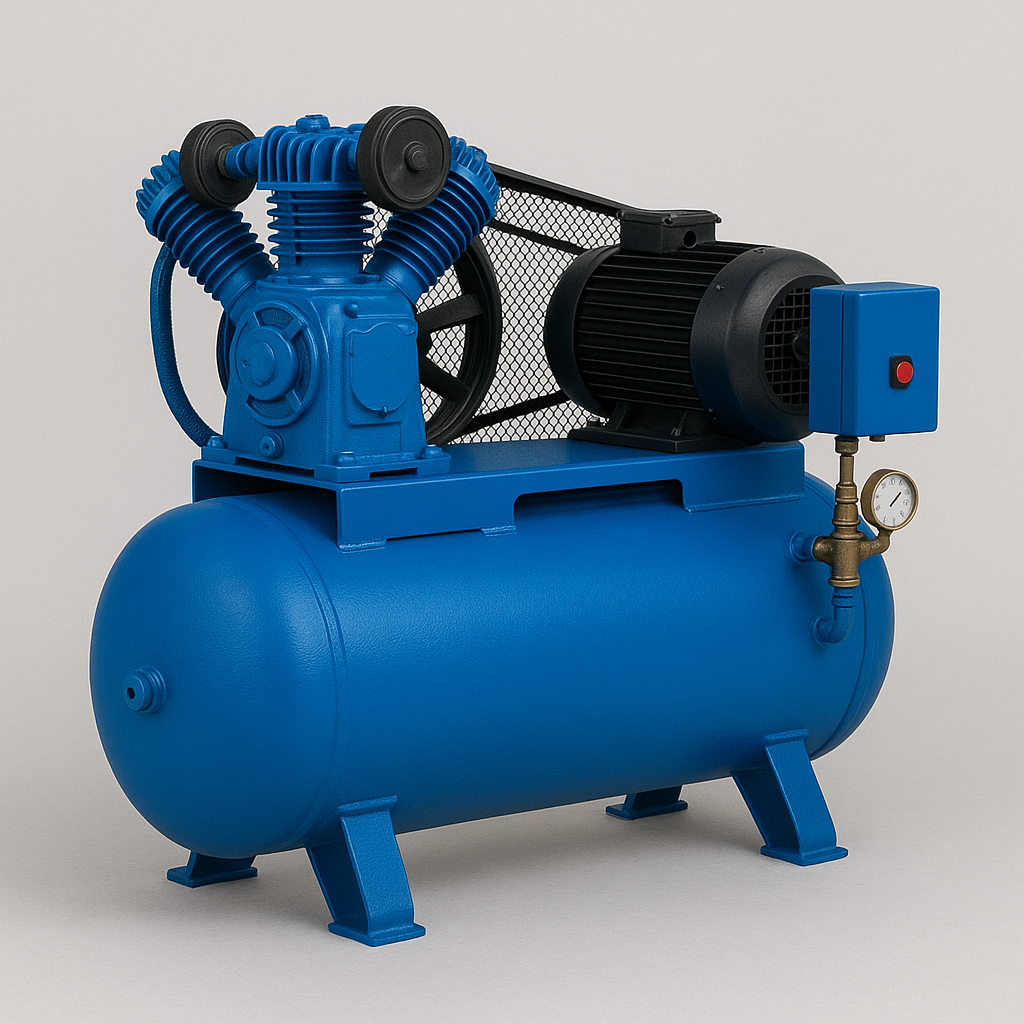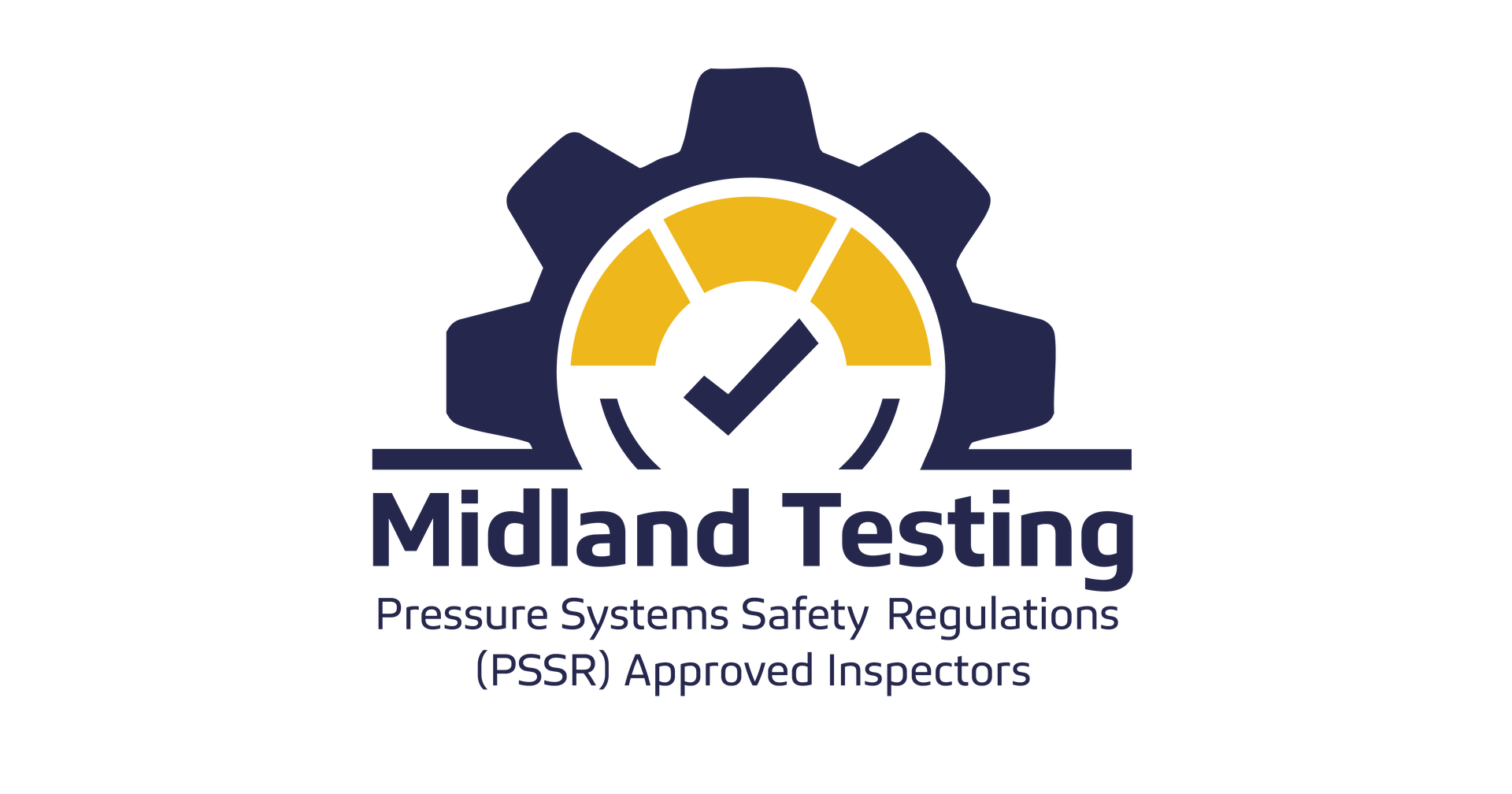PSSR Testing
Why is PSSR Testing Important?
- It keeps your equipment safe and working properly
- It protects your team from accidents or injury
- It helps you stay
legally compliant
- It prevents unexpected breakdowns or fines

What Does PSSR Testing Involve?
What We Do
1.
Written Scheme of Examination (WSE)
A document that lists what needs checking, how often, and by whom. You must have this
before using the equipment.
2.
Thorough
Examination
A qualified engineer inspects your pressure system based on the WSE—checking for damage, wear, or unsafe conditions.
3.
Testing
& Certification
If everything passes, you get a certificate showing your system is
safe and legally compliant.
How Often is PSSR
Testing Needed?
It depends on your equipment, but usually
once a year or as recommended in your Written Scheme of Examination.
PSSR Compliance Checklist
Pressure System Safety Pre-Inspection & Compliance Guide
Reminder:
You must not operate a pressure system unless it has a valid Written Scheme of Examination and has passed inspection by a competent person.
Written Scheme of Examination (WSE)
- WSE has been created by a competent person
- WSE covers all relevant pressure components (vessels, pipework, protective devices)
- WSE is available
before system is used
- WSE includes inspection frequency and methods
Written Scheme of Examination (WSE)
- WSE has been created by a competent person
- WSE covers all relevant pressure components (vessels, pipework, protective devices)
- WSE is available
before system is used
- WSE includes inspection frequency and methods
- Pressure system operates within safe limits
- Pressure indicators and control systems are working correctly
- System is protected against over-pressurisation
- Safety valves are set to the correct pressure
Operational Checks
Personnel & Procedures
- Operators have been trained to use the pressure system safely
- Emergency shut-off procedures are in place and known
- Clear signage is displayed near pressure equipment
- Regular checks are scheduled and followed
- Most recent examination report is available and up-to-date
- Maintenance logs are complete and accurate
- Any defects found during inspection have been corrected
- All certificates are stored and accessible (paper or digital)
Records & Documentation



